thirdly, our windage tray and crank scraper! this was fun to design and make. basically a sandwich assembly between the block and the alloy half of the sump. this was the prototype design that we continued working with, and ended up installing...the only issue is that the leading conrod per journal has a different swept profile (at the scraper mounting location) which i didnt allow for in this design. the scraper face, as a result, is around 7-8mm of so from this leading conrod (see pics), and it really requires its own face on the scraper for improved efficiency. otherwise the clearance to the counterweights and the trailing conrod is spot-on at 1.5mm (60thou)
built into the scraper was a unidirectional windage tray made of fine pressed steel mesh. half designed, half by good luck, the clearance of the mesh to the crank starts off wide, gets closest near BDC (4-5mm), then widens back out again as the crank approaches the scraper lip. these changing clearances might just act to change the pressure in the windage cloud enough to encourage a low pressure expansion just prior to the scraper lip, increasing its effectiveness.
the sump pan itself was attacked a few ways. the first was adding around 500-700ml volume through side wings, and then second was controlling this volume with trapdoors. the trapdoors are located around 25mm from either side of the pickup, and hit the pickup at full excursion giving a positive stop to their range of motion (ie cant flip up and jam open). the tops of the trapdoored sections each have an unsealed roof to allow overflow and wayward drainback to occur unhindered... the idea though, would be that most drainback would be deflected down into the centre section with the pickup
we tested the system out with plain old tap water, and the trapdoors and clearances are more than perfectly effective in keeping a large volume/depth of oil in the pickup zone even under quite violent fluid motion and at varying low levels of fluid capacity
thats all ive got pics for at the moment. the only other things worth mentioning are: we welded a small strip of steel reo on the outside leading edge of the sump as a bit of a bashgurad, and also, note that if you sandwich a 1.2mm steel plate then the lower 4 bellhousing mounting bolts will be shifted out 1.2mm also... thus the 4 lower holes in the bellhousing will need to be slotted to accomodate! (thanks mos!)
hope thats interesting to someone!
cheers
ed




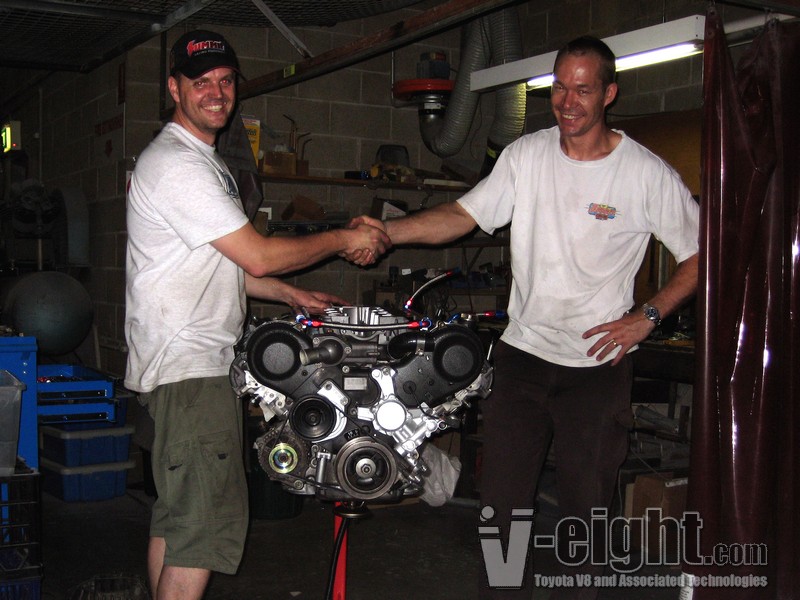

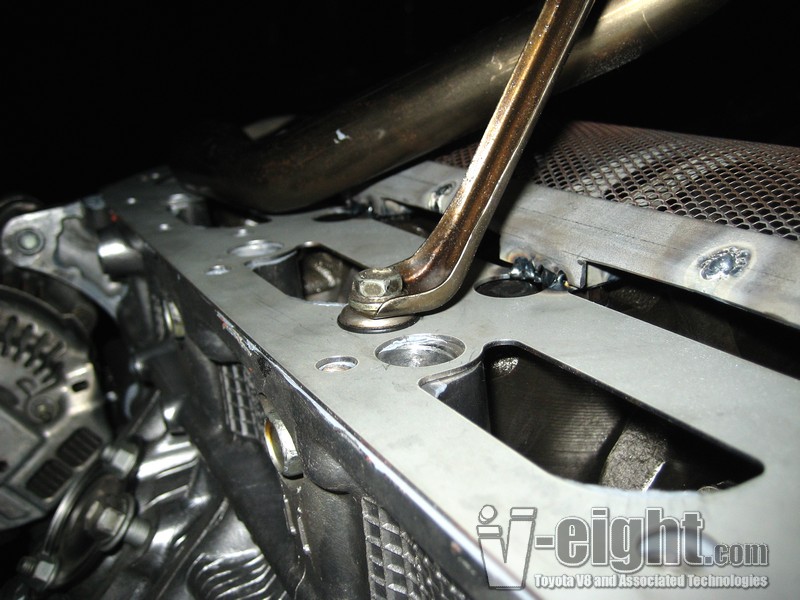
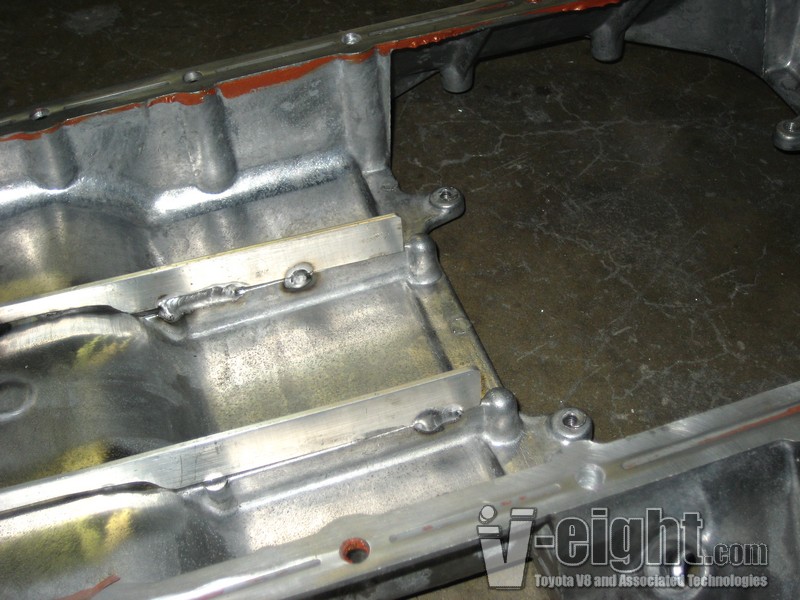
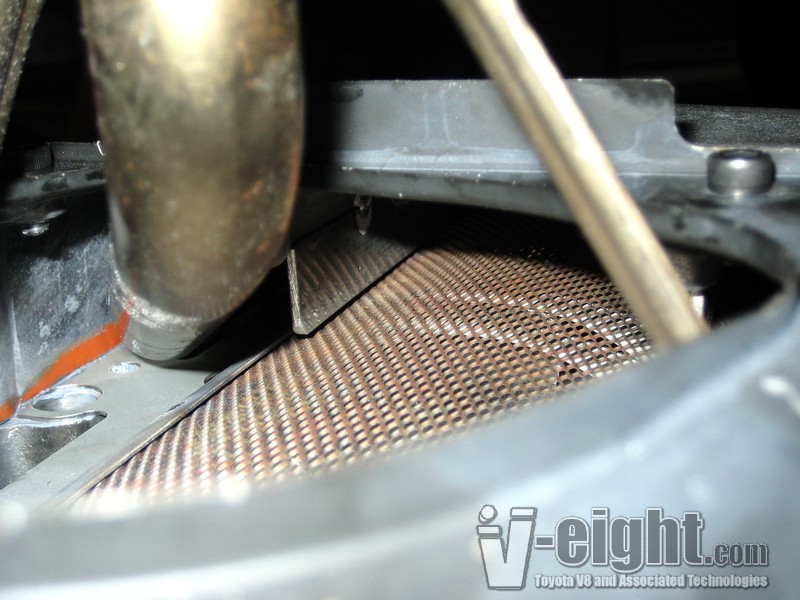

 Reply With Quote
Reply With Quote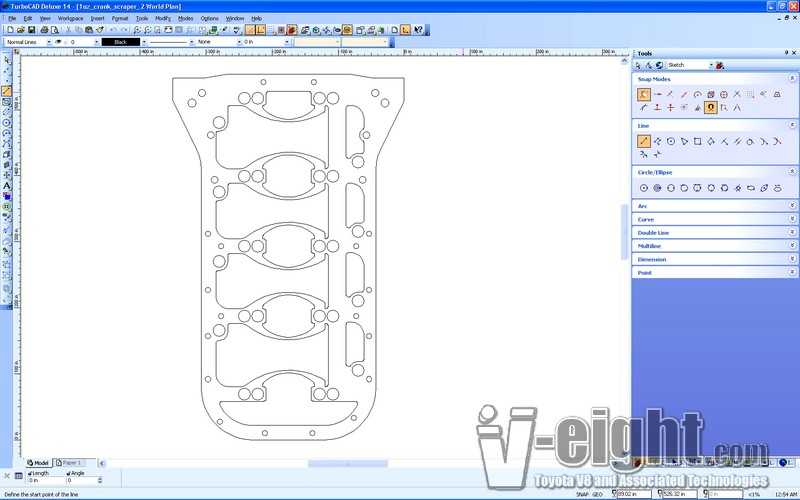
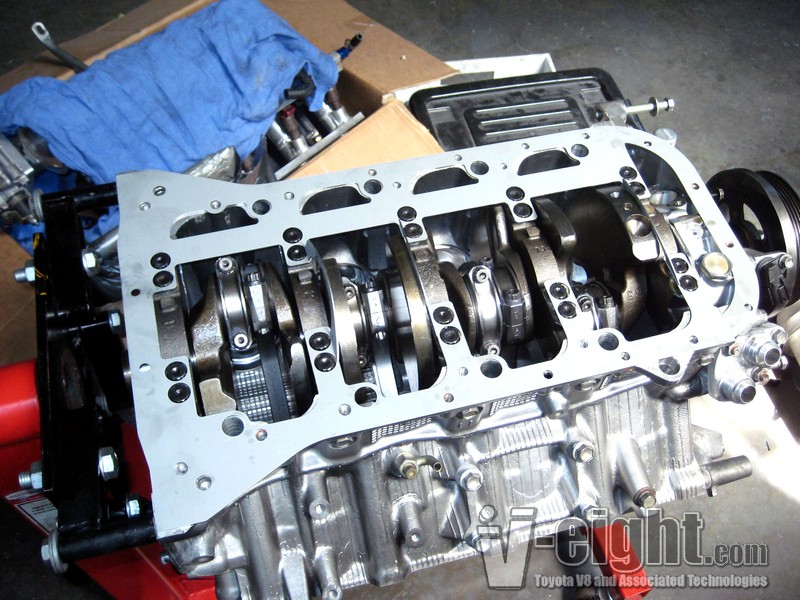
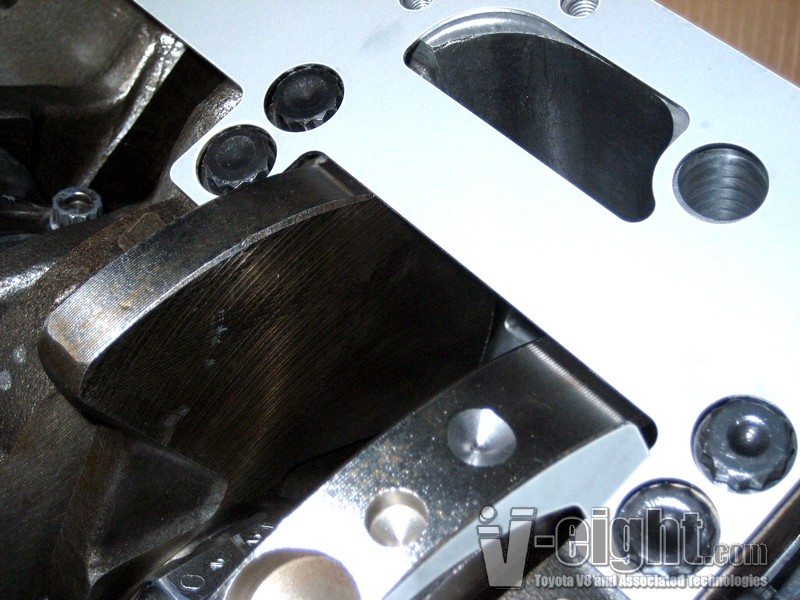
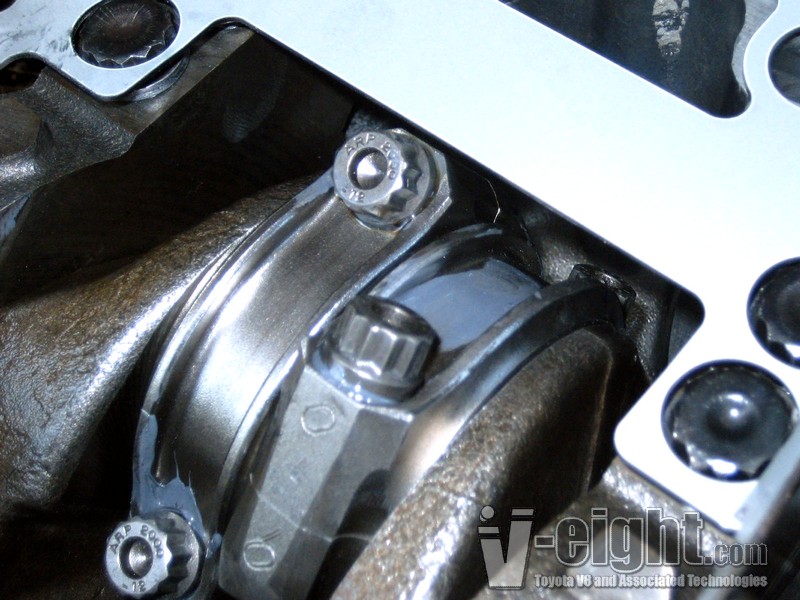
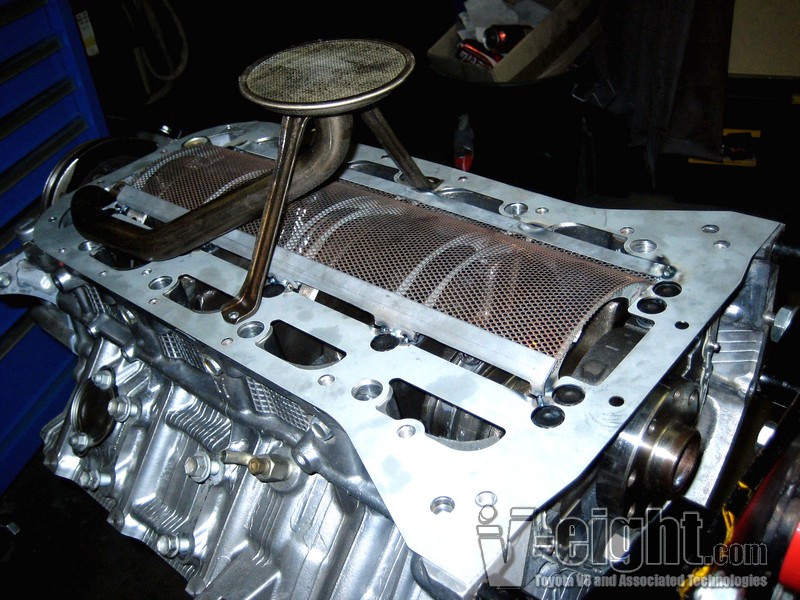
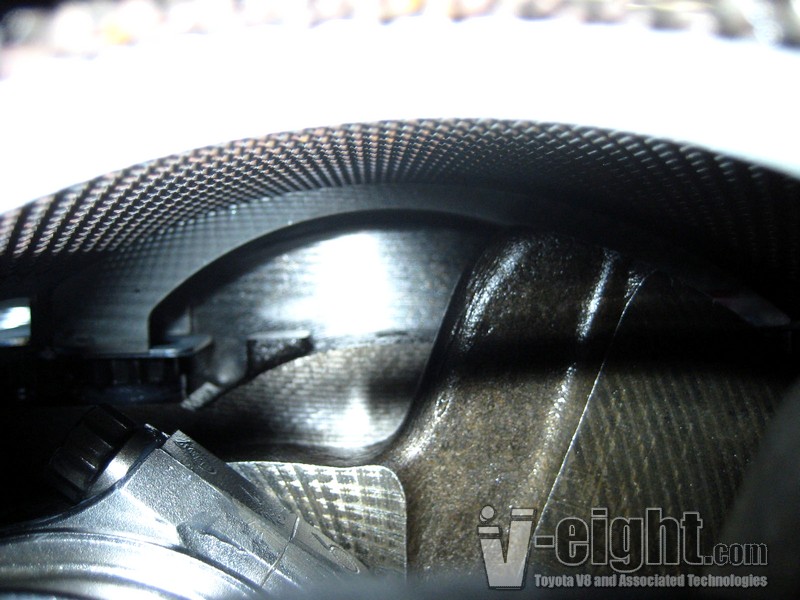
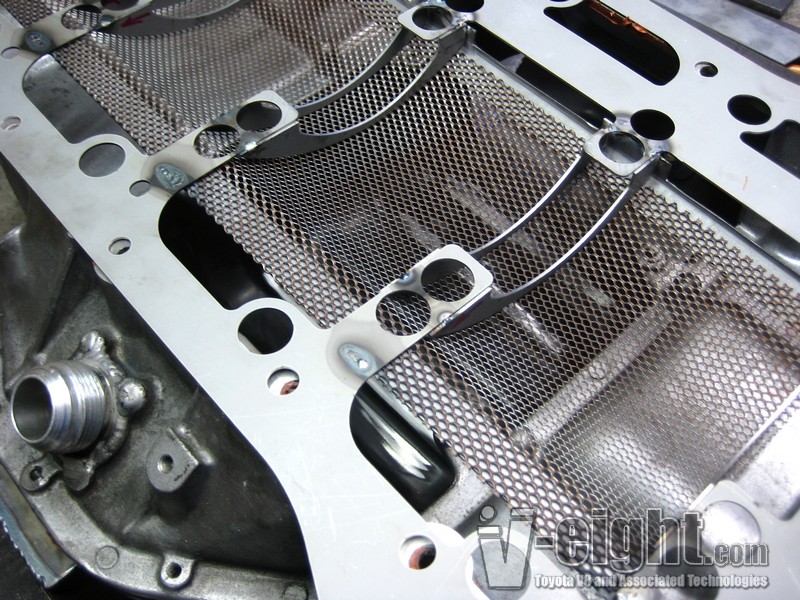
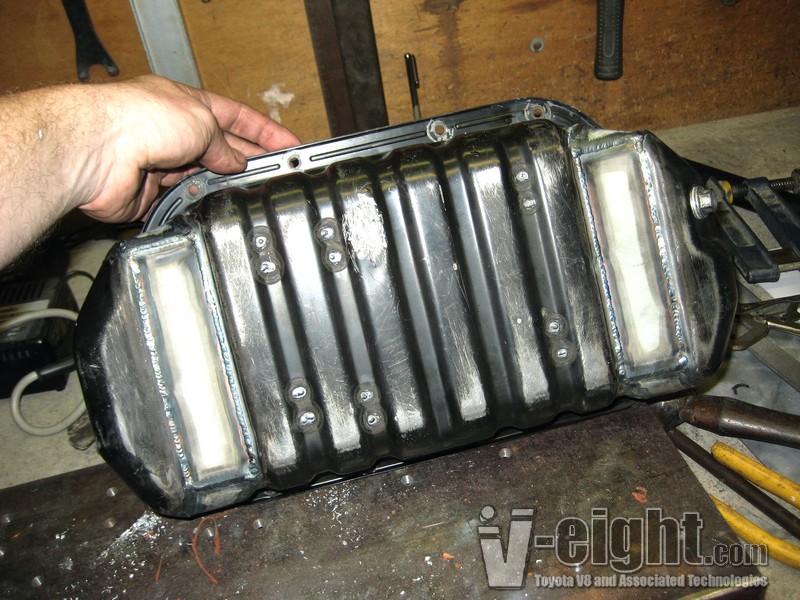
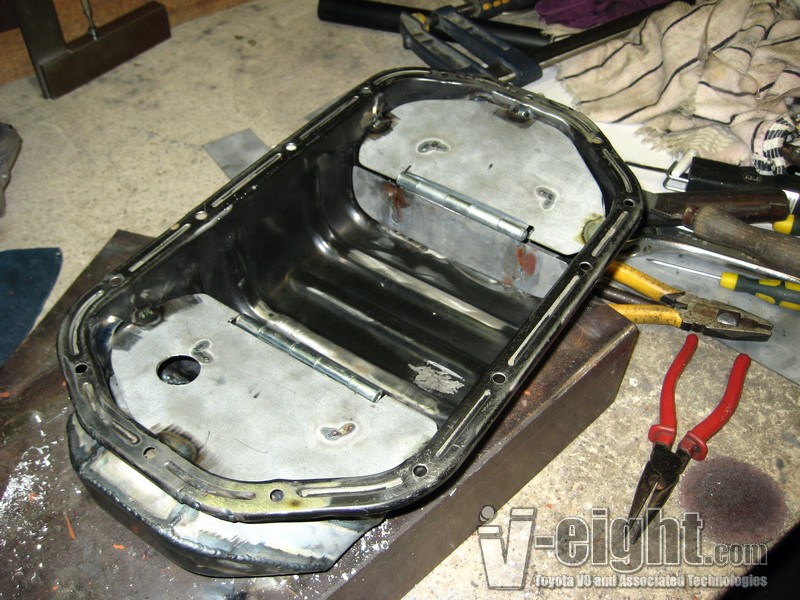



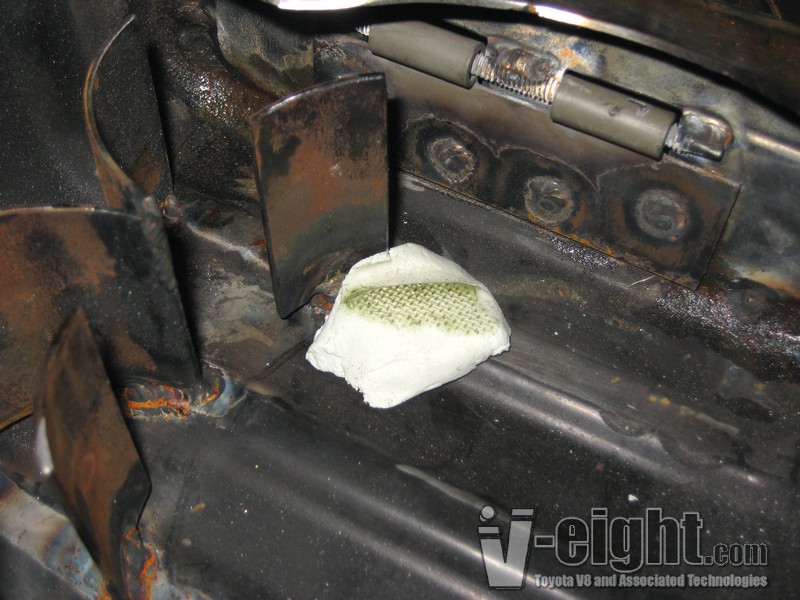
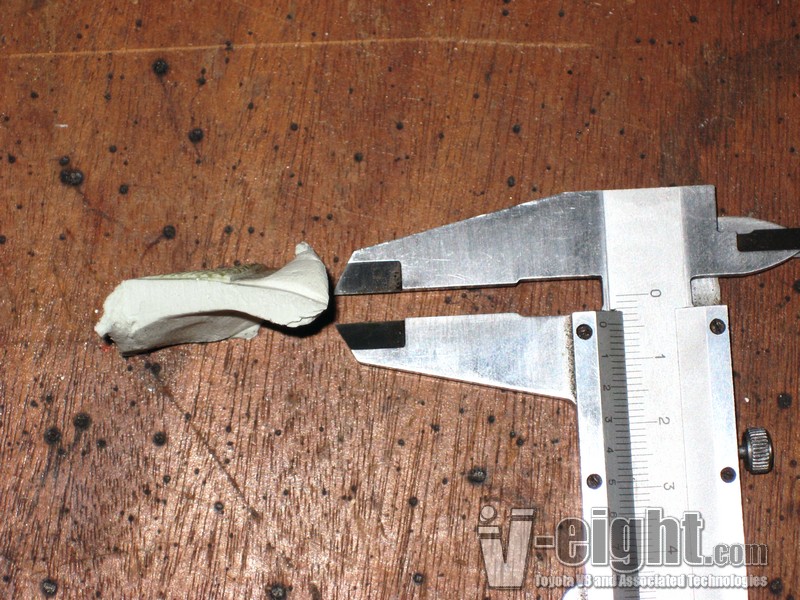
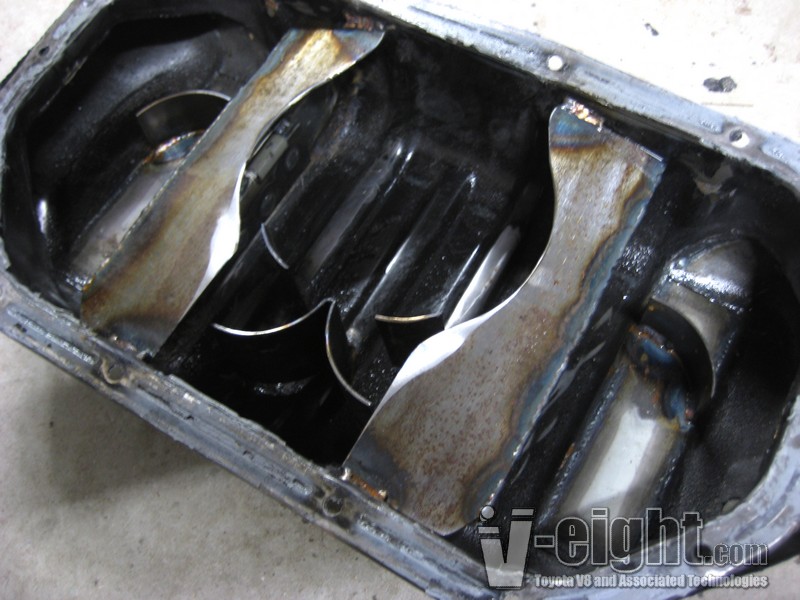
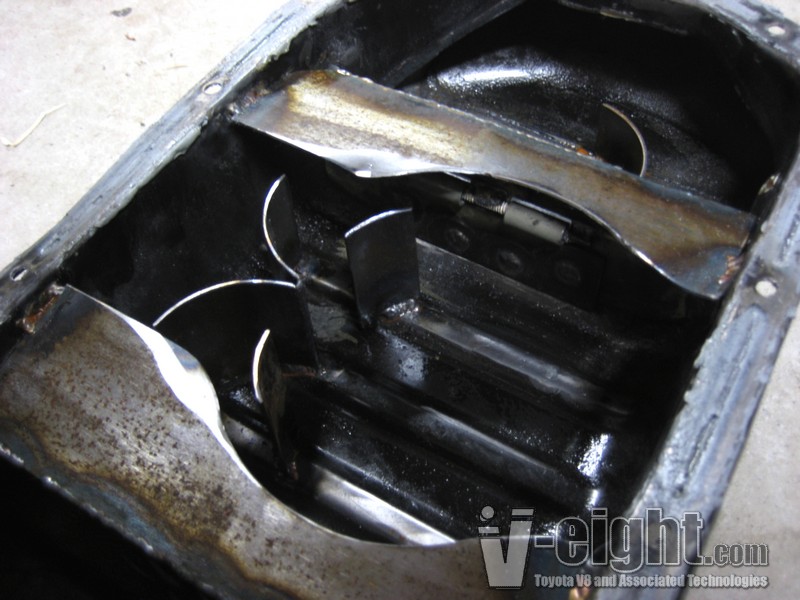
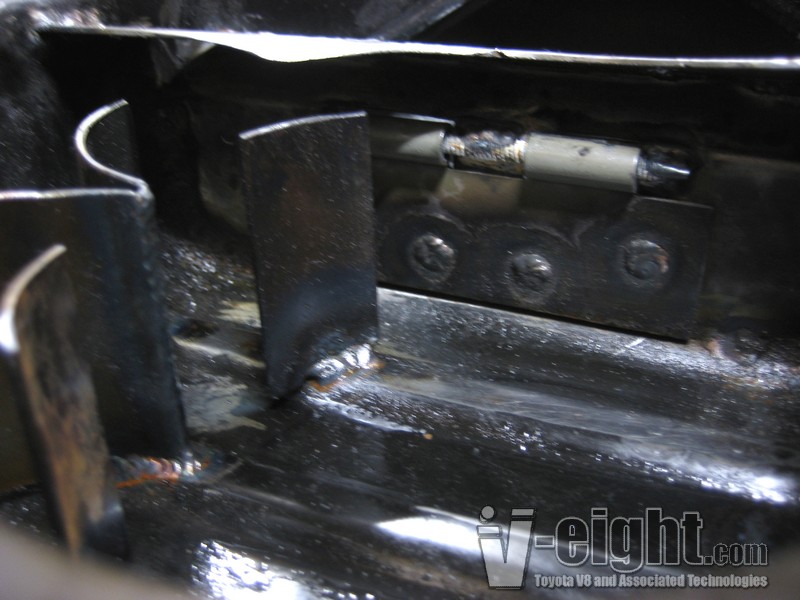
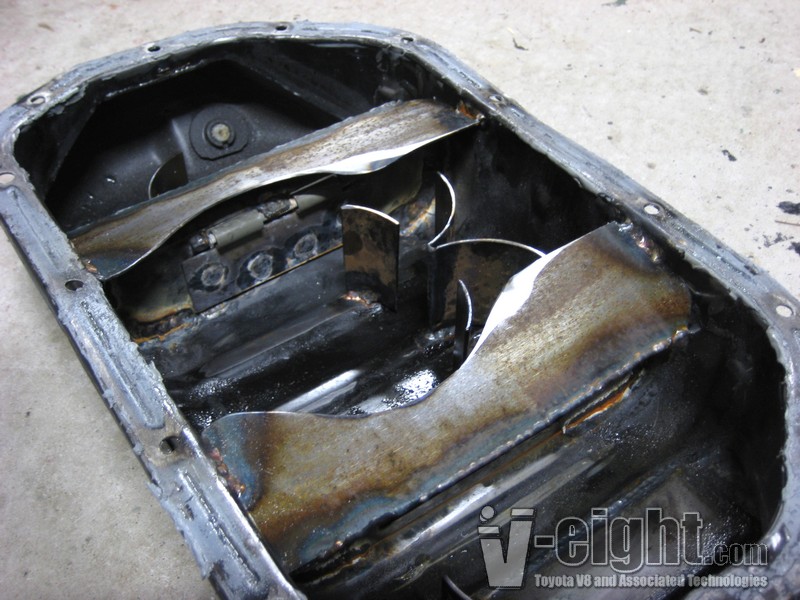
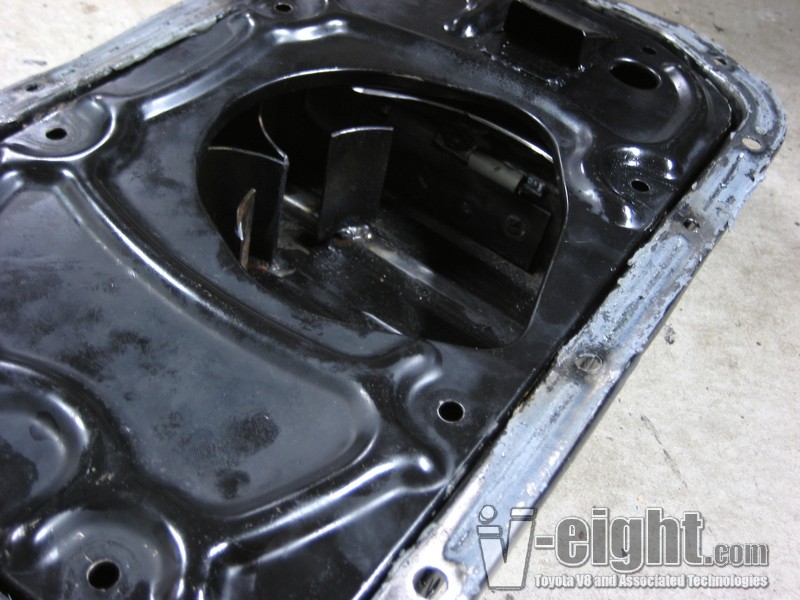
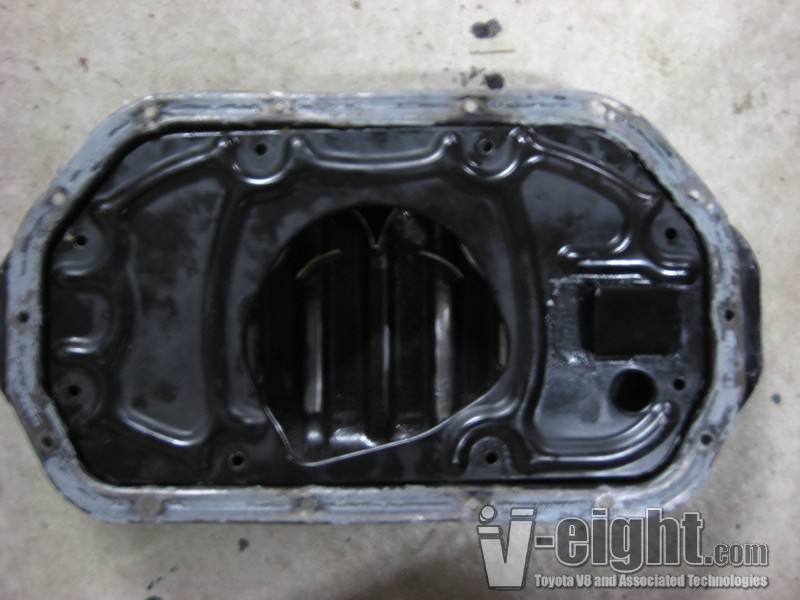


Bookmarks